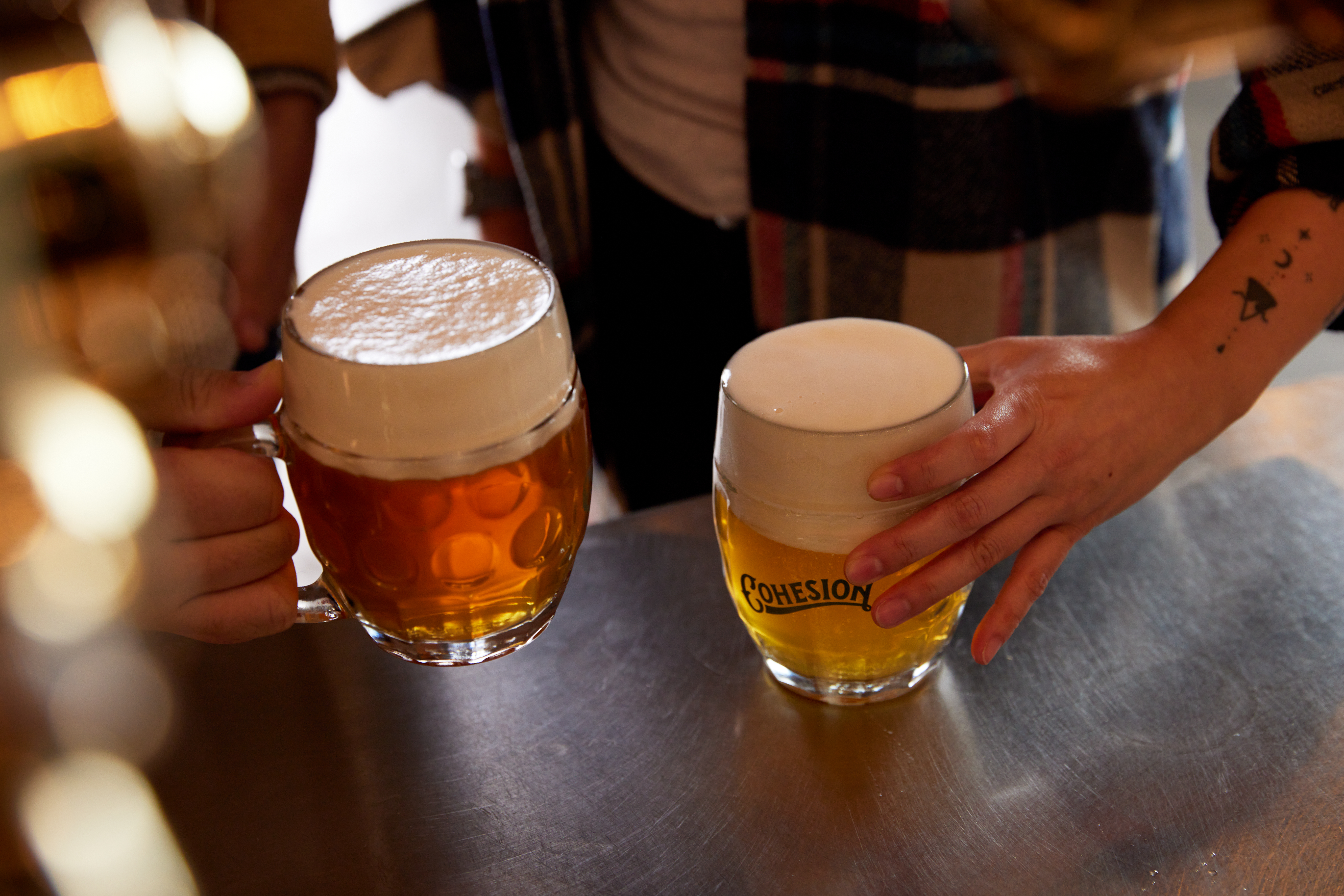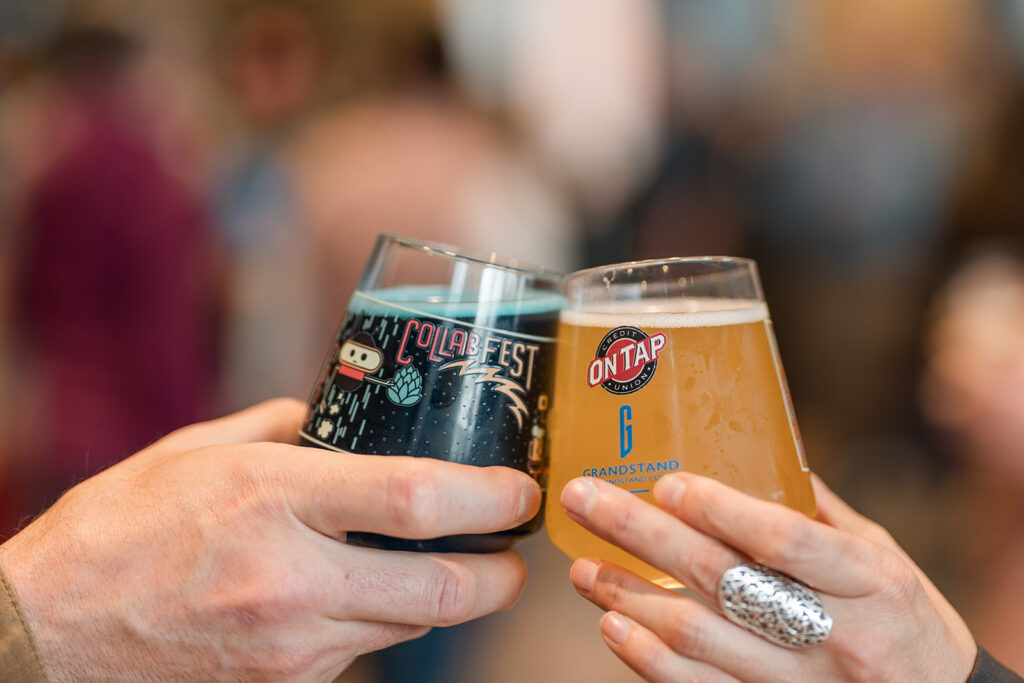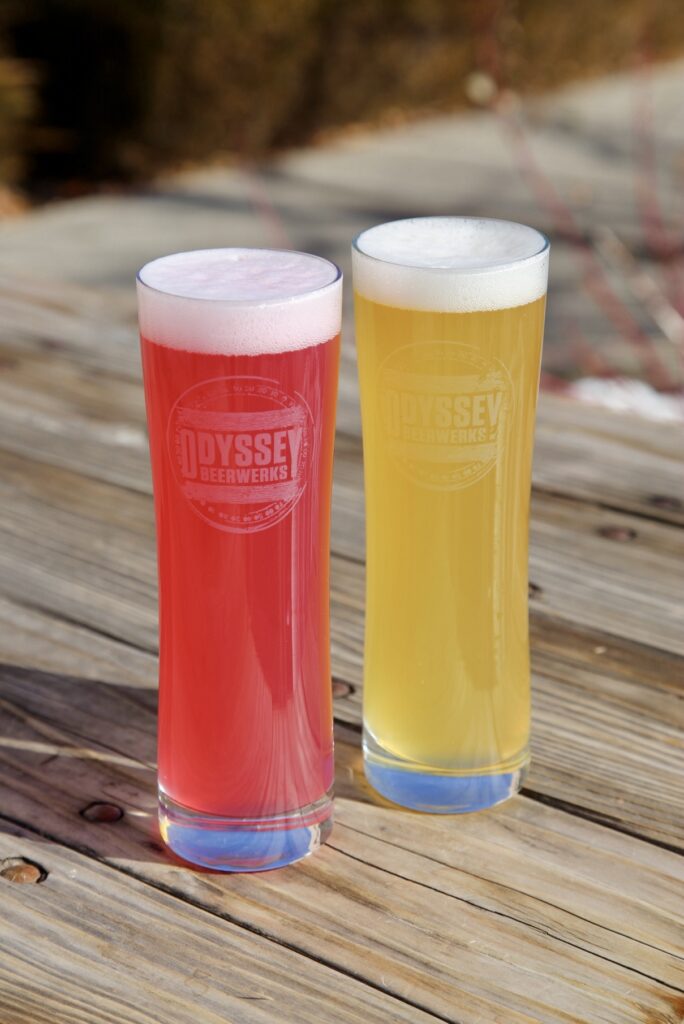
Beer foam is a critical and noteworthy component to a quality draft beer. This foam, or head, is something that is both noticed by customers as well as cared for by brewers during the production process. In many of the most well regarded pubs around the world, the proper amount of foam is critical to presenting the highest quality beer possible.
So why does foam matter for the quality of the beer? First of all it alters the physical state of the beer and the light frothy texture softens our palettes as we take the first sips of beer. Beer foam also carries different aromatic qualities than the liquid below it, and allows for all of the aromas the brewer puts into the beer to be on full display. Both hop and malt aromas can be enhanced by the proper pouring of beer, which allows for some foam to cap the beverage.
When pouring beer from a draft faucet, there are many different ways to approach how much foam will be present on the served beer, while making sure the customer receives the proper measure of beer.
In many countries, the amount of foam presented can vary quite widely. From the all foam specialty pours found in the Czech Republic to the Instagram famous “Boss Pour” with liquid all the way to the top! There is quite a range of foam options when pouring draft beer.
 We encourage people to pour beers with a moderate amount of foam. Certain styles of beer will be handled differently, and consulting the brewery should always be put into consideration, but for the most part all beers should have a one to two finger head on the beer when served. This can also equate to 1 to 1 ½ inches of foam on the top of a standard shaker pint glass. Many beers can benefit from a different glass than the shaker pint, and with different shapes, the measurement of the foam may vary.
We encourage people to pour beers with a moderate amount of foam. Certain styles of beer will be handled differently, and consulting the brewery should always be put into consideration, but for the most part all beers should have a one to two finger head on the beer when served. This can also equate to 1 to 1 ½ inches of foam on the top of a standard shaker pint glass. Many beers can benefit from a different glass than the shaker pint, and with different shapes, the measurement of the foam may vary.
Foam lacing and foam retention on a customer’s glass should always be a point of emphasis alongside the amount of foam, as these markers can indicate to a customer a beer clean glass. If you are noticing that all glassware that lacks foam that has stuck to the side of the glass, it may be an indicator of a glass that is in need of a pre-rinse from a glass rinser prior to beer being poured into it.
Author: Eric Larkin, Head Brewer at Cohesion Brewing in Denver, Colorado.









